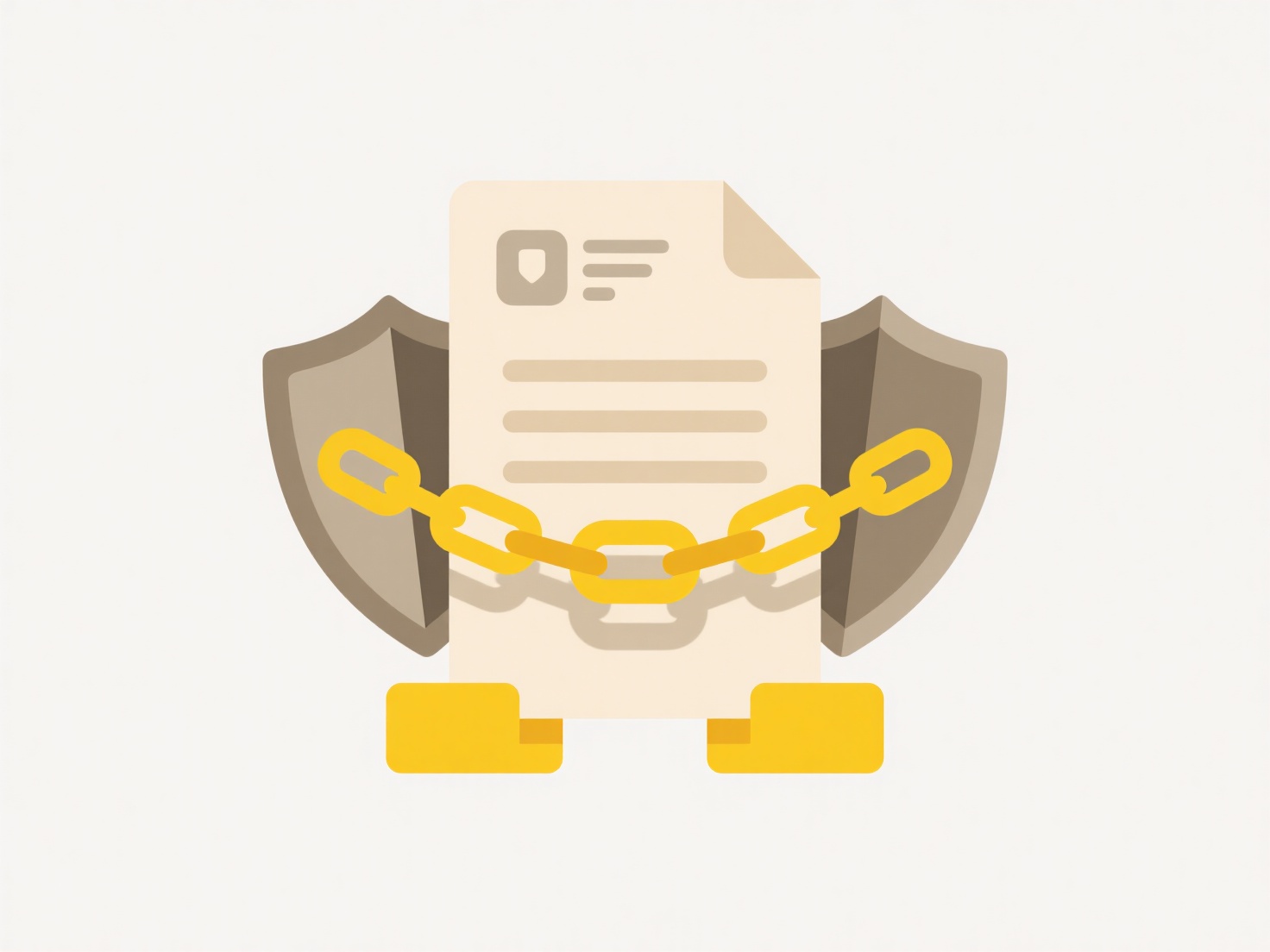
Keeping file references intact during deduplication involves identifying and removing duplicate files without breaking existing links, pointers, or associations pointing to those files. Instead of simply deleting copies, the process focuses on preserving crucial pointers (like shortcuts, database entries, or hyperlinks) that rely on specific file paths or identifiers. Essentially, it ensures that any access mechanism relying on a "removed" duplicate seamlessly redirects to the retained original file. This differs from basic dedupe where references might become invalid after deletion.

For example, in document management systems, deduplication tools might replace a duplicate invoice file across multiple project folders with links pointing to a single retained copy, ensuring all project links still work. Similarly, media library software might detect identical video files, remove the extras, and update all playlists or project timelines to reference the single remaining file automatically, preventing "missing file" errors in editing software.
This strategy significantly improves storage efficiency and data organization while maintaining system integrity. However, limitations include the complexity of reliably tracking every potential reference type across different systems and the risk of breakage if the reference tracking mechanism fails. Careful verification is essential. Future tools increasingly incorporate AI to better understand complex file dependencies, enhancing reliability and adoption in enterprise environments.
How do I keep file references intact while removing duplicates?
Keeping file references intact during deduplication involves identifying and removing duplicate files without breaking existing links, pointers, or associations pointing to those files. Instead of simply deleting copies, the process focuses on preserving crucial pointers (like shortcuts, database entries, or hyperlinks) that rely on specific file paths or identifiers. Essentially, it ensures that any access mechanism relying on a "removed" duplicate seamlessly redirects to the retained original file. This differs from basic dedupe where references might become invalid after deletion.

For example, in document management systems, deduplication tools might replace a duplicate invoice file across multiple project folders with links pointing to a single retained copy, ensuring all project links still work. Similarly, media library software might detect identical video files, remove the extras, and update all playlists or project timelines to reference the single remaining file automatically, preventing "missing file" errors in editing software.
This strategy significantly improves storage efficiency and data organization while maintaining system integrity. However, limitations include the complexity of reliably tracking every potential reference type across different systems and the risk of breakage if the reference tracking mechanism fails. Careful verification is essential. Future tools increasingly incorporate AI to better understand complex file dependencies, enhancing reliability and adoption in enterprise environments.
Quick Article Links
How do I bulk edit permissions for many files?
Bulk editing permissions modifies access rights for multiple files or folders simultaneously, rather than individually. ...
Can long file names cause problems when copying files?
Long file names, including the path to the file (like folder\subfolder\filename.ext), can cause problems during copying ...
How can I remove part of a file name in bulk?
Batch file renaming involves modifying multiple filenames simultaneously by automatically removing a specific portion of...